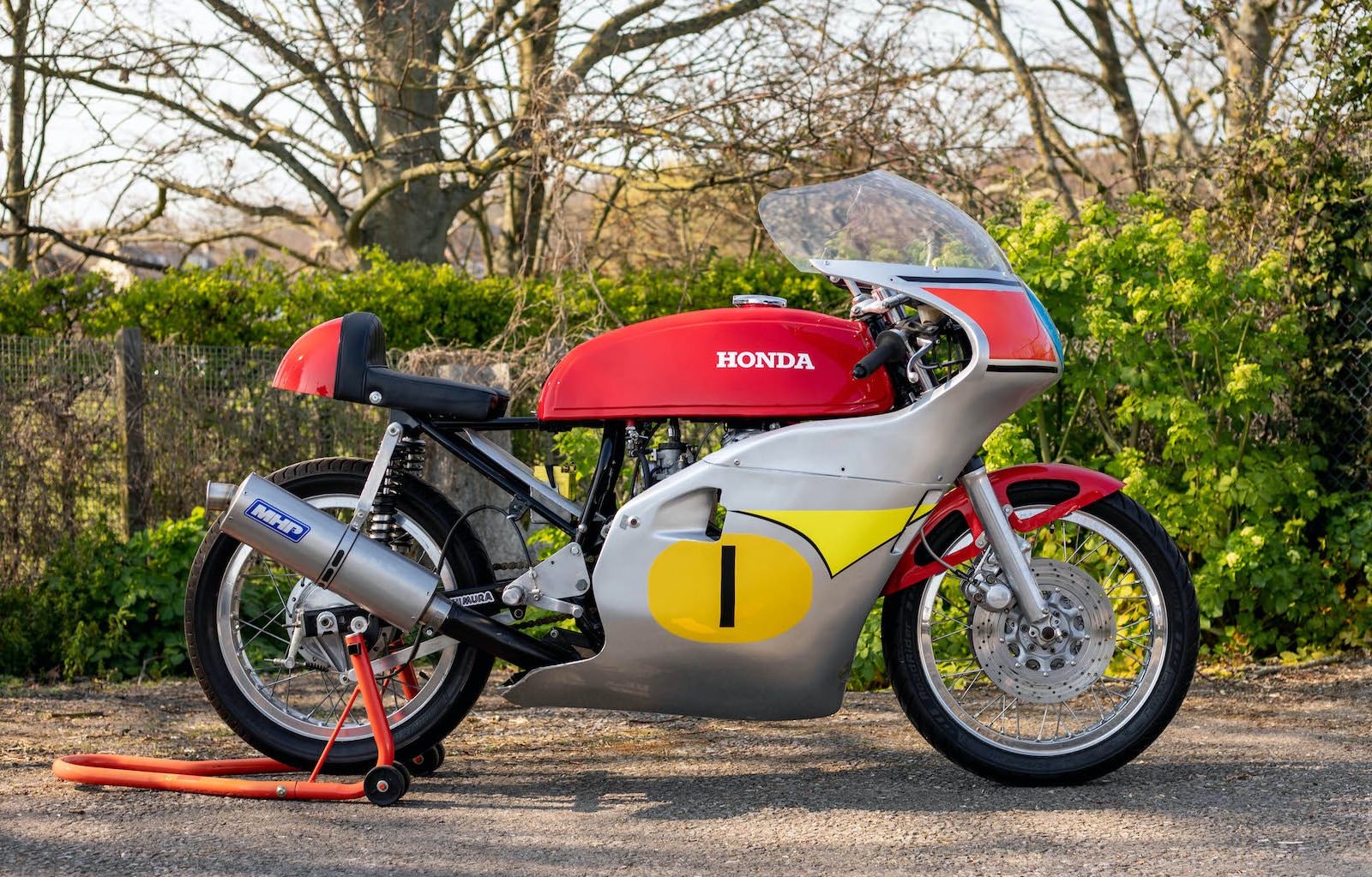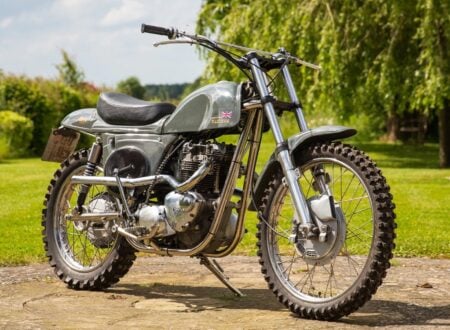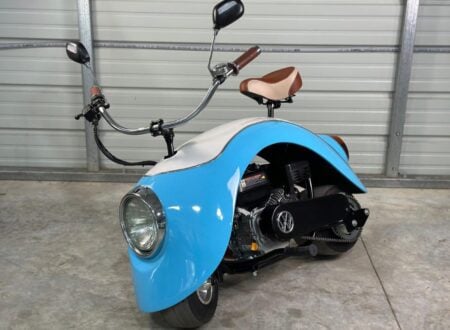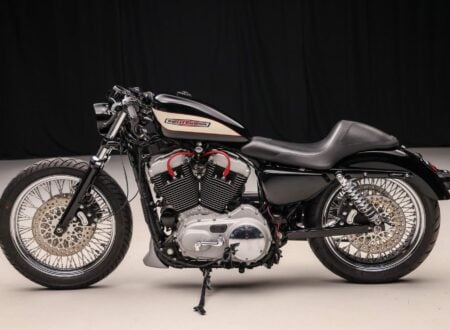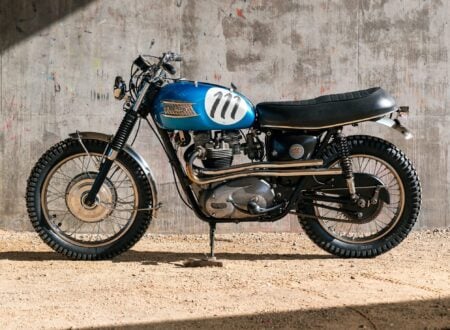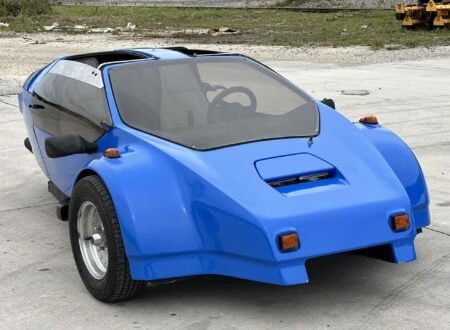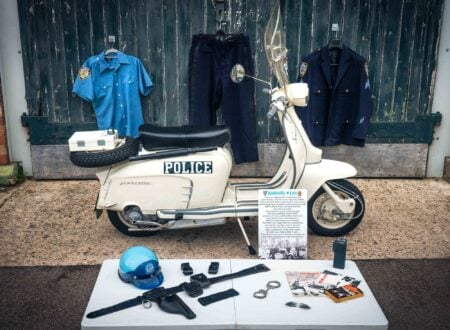This Honda CB500 race bike was built in the 1970s by engineer Brian Brownrigg for Bolton-based rider Chris Hawkes, the bike won three separate championships in period, it was later lightly modified and registered for road use.
The 1970s were a time when the motorcycle world’s European old guard was being trounced by Japanese newcomers, upending decades of history and resulting in the rapid decline of the industry. Motorcycles like the Honda CB500 shown here were key to this success.
Fast Facts – A Road-Legal Honda CB500 Champion
- The Honda CB500 was released in 1971 as the middleweight sibling to the larger Honda CB750. Both models were fitted with inline-four cylinder engines with a single overhead cam, two valves per cylinder, and an electric starter.
- When it was released in Europe the CB500 was lauded by the press, its advanced engine produced power comparable to a 650cc twin, but it shared none of the leaks or reliability foibles of its British competitors.
- For many motorcyclists the Honda CB750 was simply too big or too powerful, and so the lighter and less expensive CB500 was an ideal fit.
- The Honda CB500 race bike you see here was used competitively in the UK in-period, winning three separate championships at Three Sisters and it led the Ace of Aintree championship for a time.
The Honda CB750: An Industry Transforming Superbike
The Honda CB750 was released in 1969 to meet demand from US dealers for a larger capacity motorcycle to better challenge the dominant bikes from companies like Harley-Davidson, Triumph, Norton, and BSA.
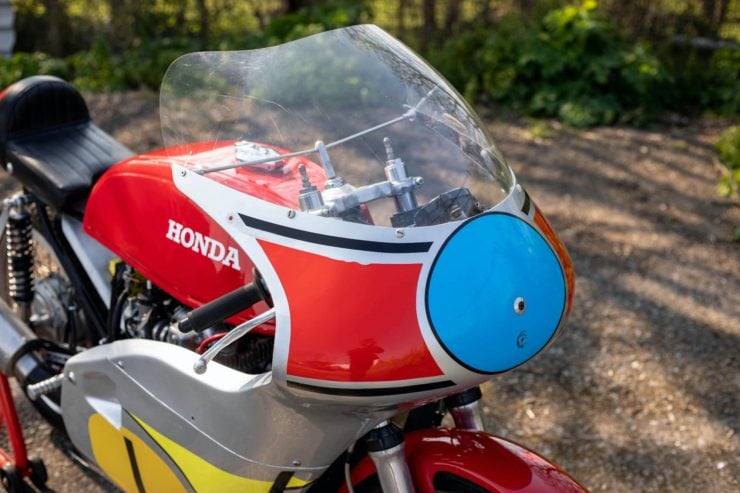

What no one knew at the time was that this new model would trigger a tsunami in the motorcycle would that would topple many of the world’s once great marques, fundamentally changing the motorcycle landscape forever.
Thanks to the incredible success of the CB750, Honda developed a new model based on the same architecture, but aimed at achieving in the middleweight market what the CB750 had achieved in the heavyweight market.
The Honda CB500: Middleweight Perfection
This new motorcycle would be the Honda CB500. It was fitted with a new engine that looked a lot like its larger sibling, but used new block, barrel, and head castings, with all new internals.
Like its larger predecessor, the CB500 was an inline-four with a single overhead cam operating eight valves, two per cylinder. It was fitted with four carburetors and the engine was built using unit construction, with an electric starter and a front disc brake.
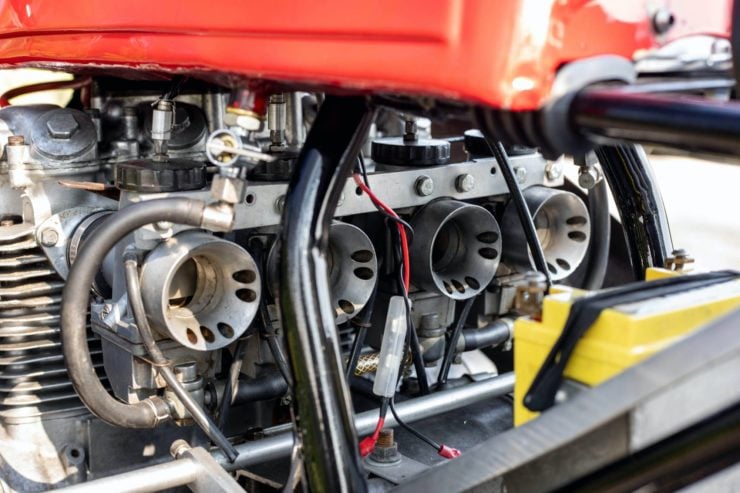

Power output was a respectable 50 bhp and the top speed was 115 mph, both excellent figures for a motorcycle with this displacement at the time.
The CB500 produced as much power as many larger 650cc engined motorcycles, but without any leaks and without the hassle of using a kickstarter to get it going everyday. The model quickly became a best-seller and it wasn’t long before they began being modified for use on race tracks.
Perhaps the most successful racing version of the CB500 was the one ridden by Bill Smith at the Isle of Man TT in 1973, he won the 500cc TT Production race, finishing 8.2 seconds ahead of second place finisher Stan Woods.
The 1977 Honda CB500 Race Bike Shown Here
The bike you see here is a highly modified Honda CB500, it was build by engineer and successful racer Brian Brownrigg for the Bolton-based rider Chris Hawkes.
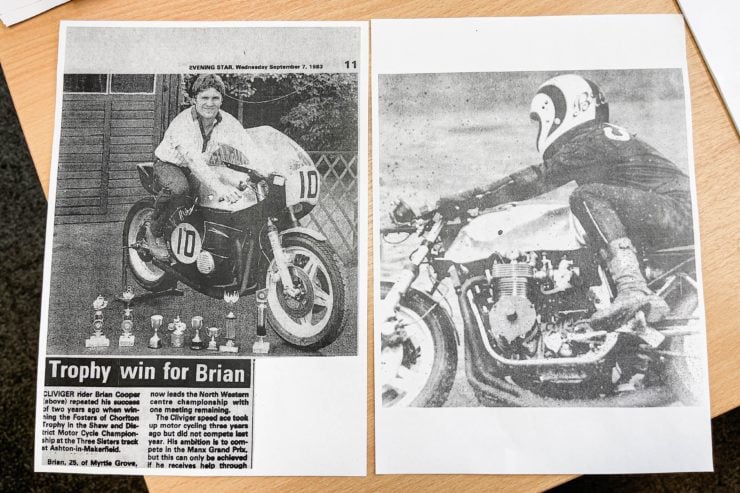

Hawkes enjoyed some success at Aintree in the 500cc four-stroke Ace of Aintree championship and also raced at Cadwell Park. In 1982 the bike passed on to new hands, in the years after this it won three separate championships at Three Sisters and led the Ace of Aintree championship.
In the winter of 1982 the bike was given some significant mechanical servicing including a ported cylinder head, white metal shell bearings, and the crank was stripped in order for the connecting rods to be polished and balanced.
It’s now fitted with 20mm Mk2 Amal carburetors, a high-performance Yoshimura YH-2-1 camshaft, Honda CG pistons, a Kibblewhite valve spring kit, and a 56mm re-bore giving it a displacement of 550cc.
A few years later in 1997 the bike was registered for the road for the first time, it retains its road registration in the UK now which potentially makes it an ideal weekend bike for B-road adventures.
If you’d like to read more about this unusual CB500 or register to bid you can click here – it’s currently being offered for sale in a live online auction by Collecting Cars.
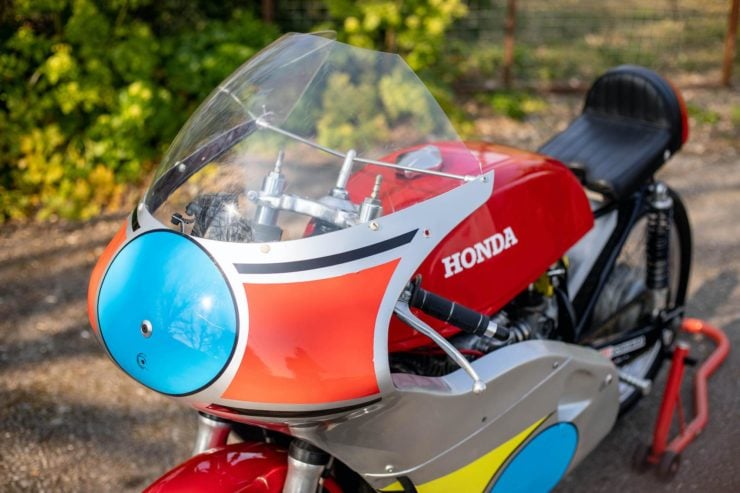
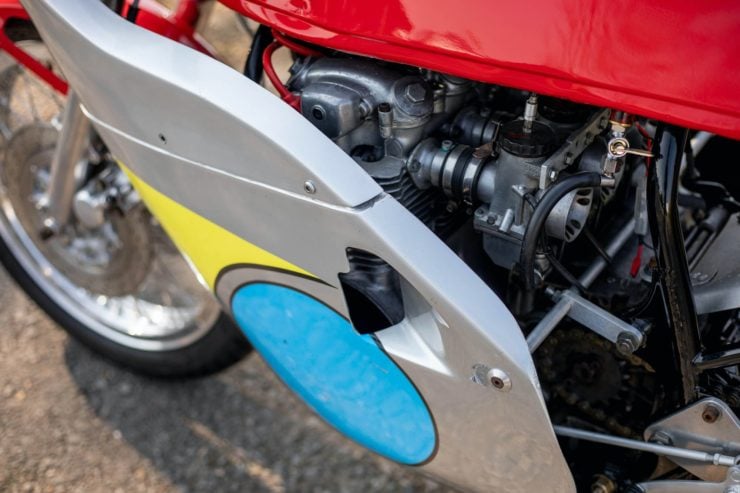
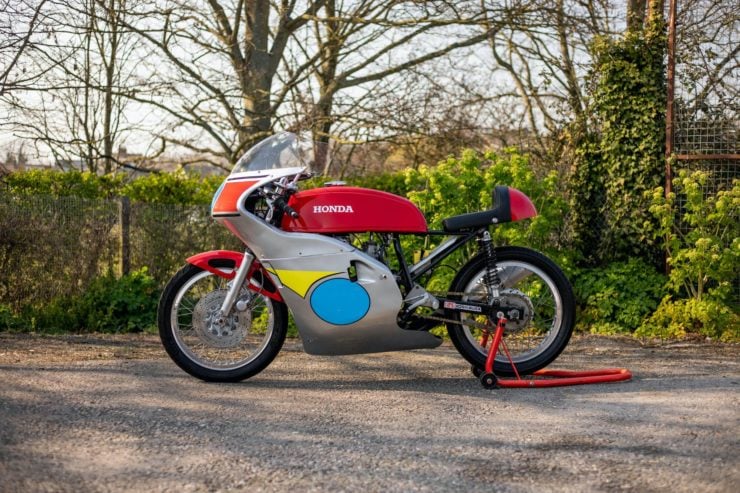
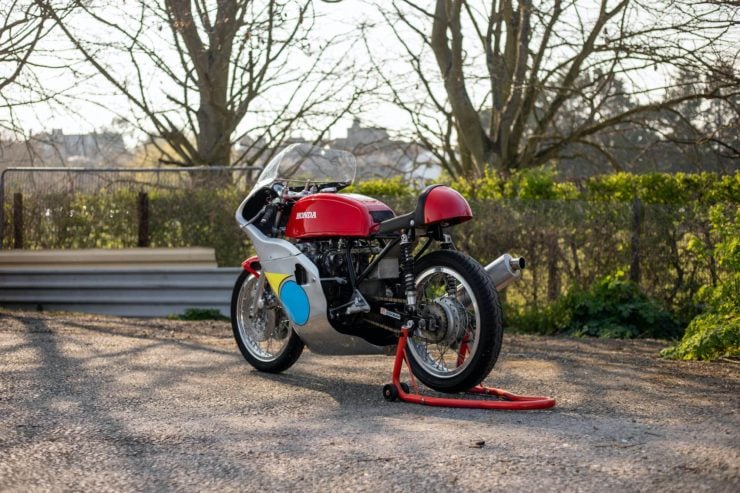
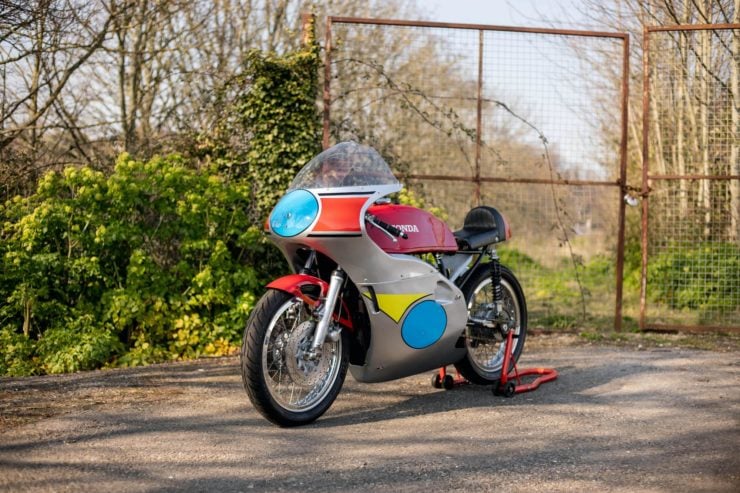
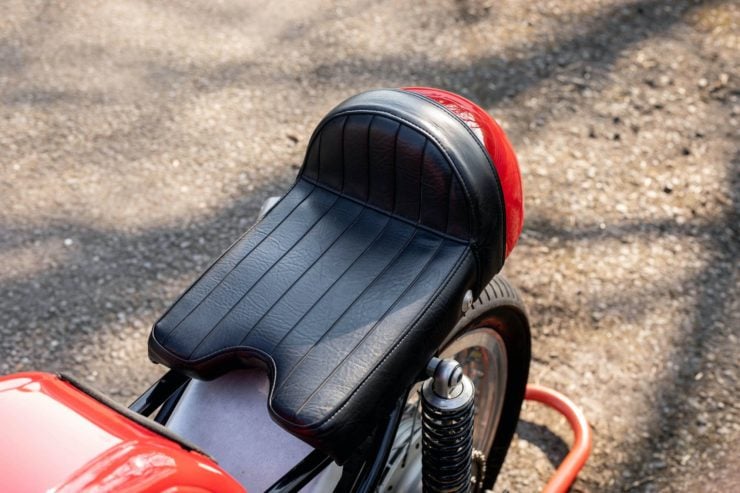
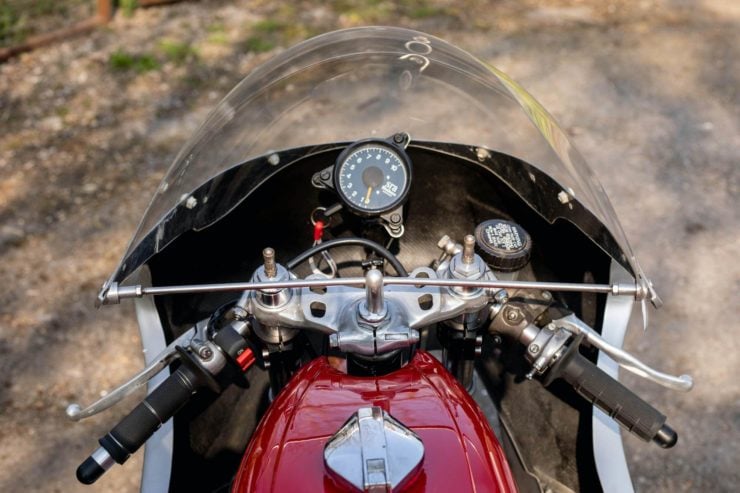
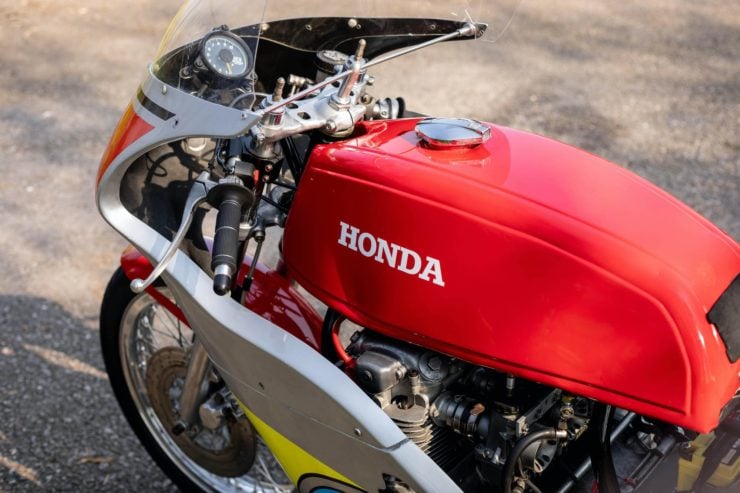
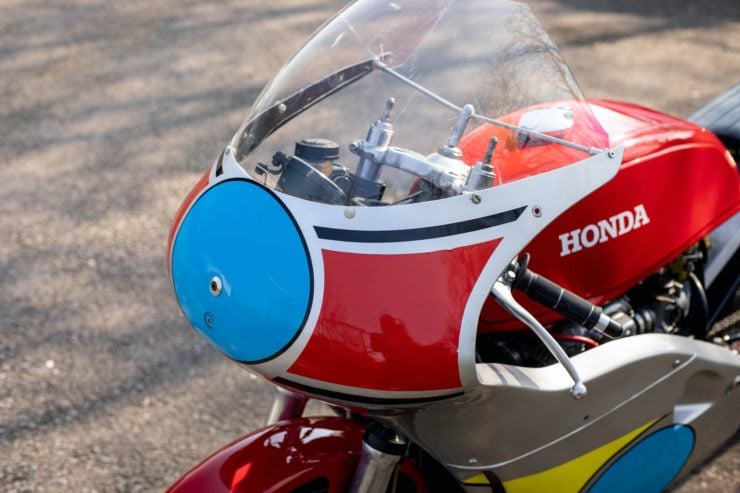
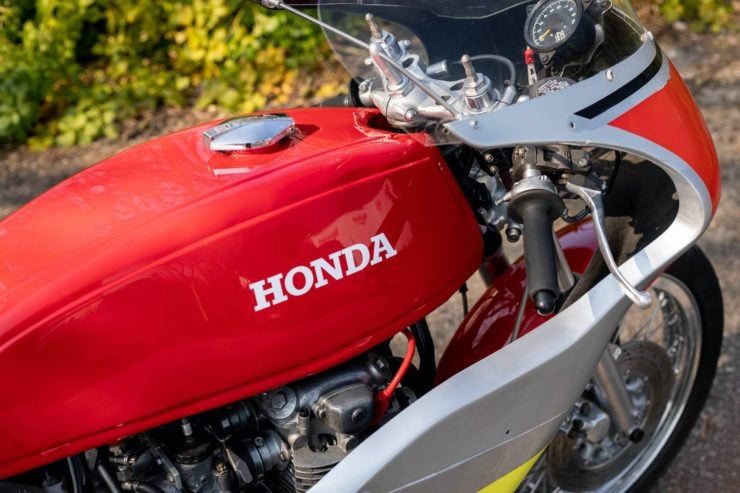
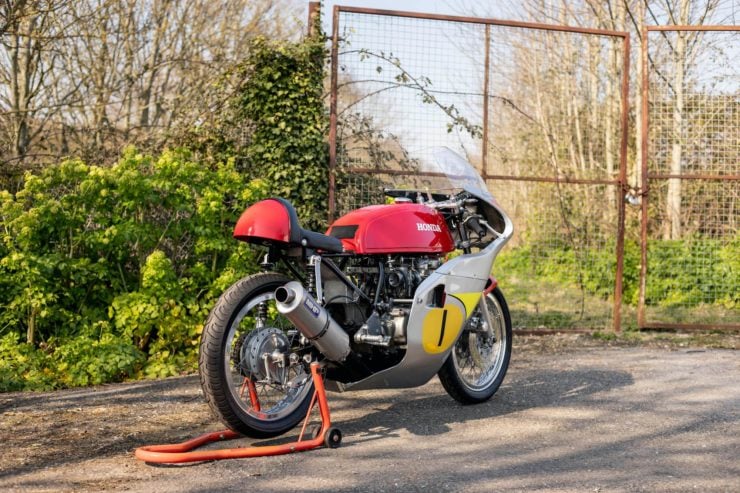
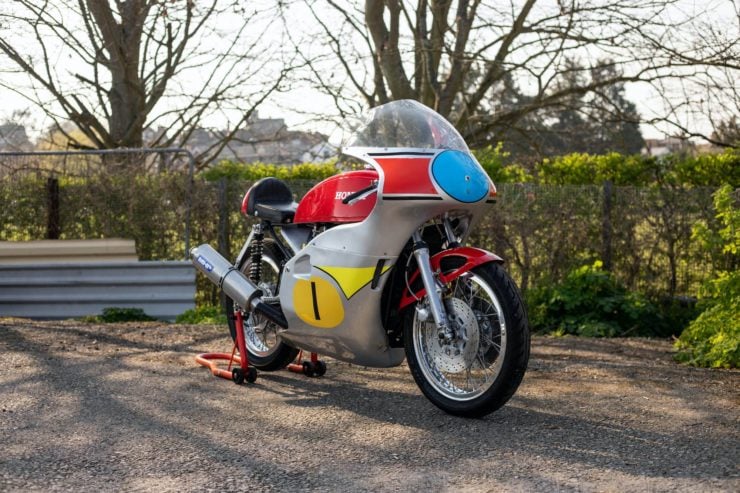
Images courtesy of Collecting Cars

Articles that Ben has written have been covered on CNN, Popular Mechanics, Smithsonian Magazine, Road & Track Magazine, the official Pinterest blog, the official eBay Motors blog, BuzzFeed, Autoweek Magazine, Wired Magazine, Autoblog, Gear Patrol, Jalopnik, The Verge, and many more.
Silodrome was founded by Ben back in 2010, in the years since the site has grown to become a world leader in the alternative and vintage motoring sector, with well over a million monthly readers from around the world and many hundreds of thousands of followers on social media.

